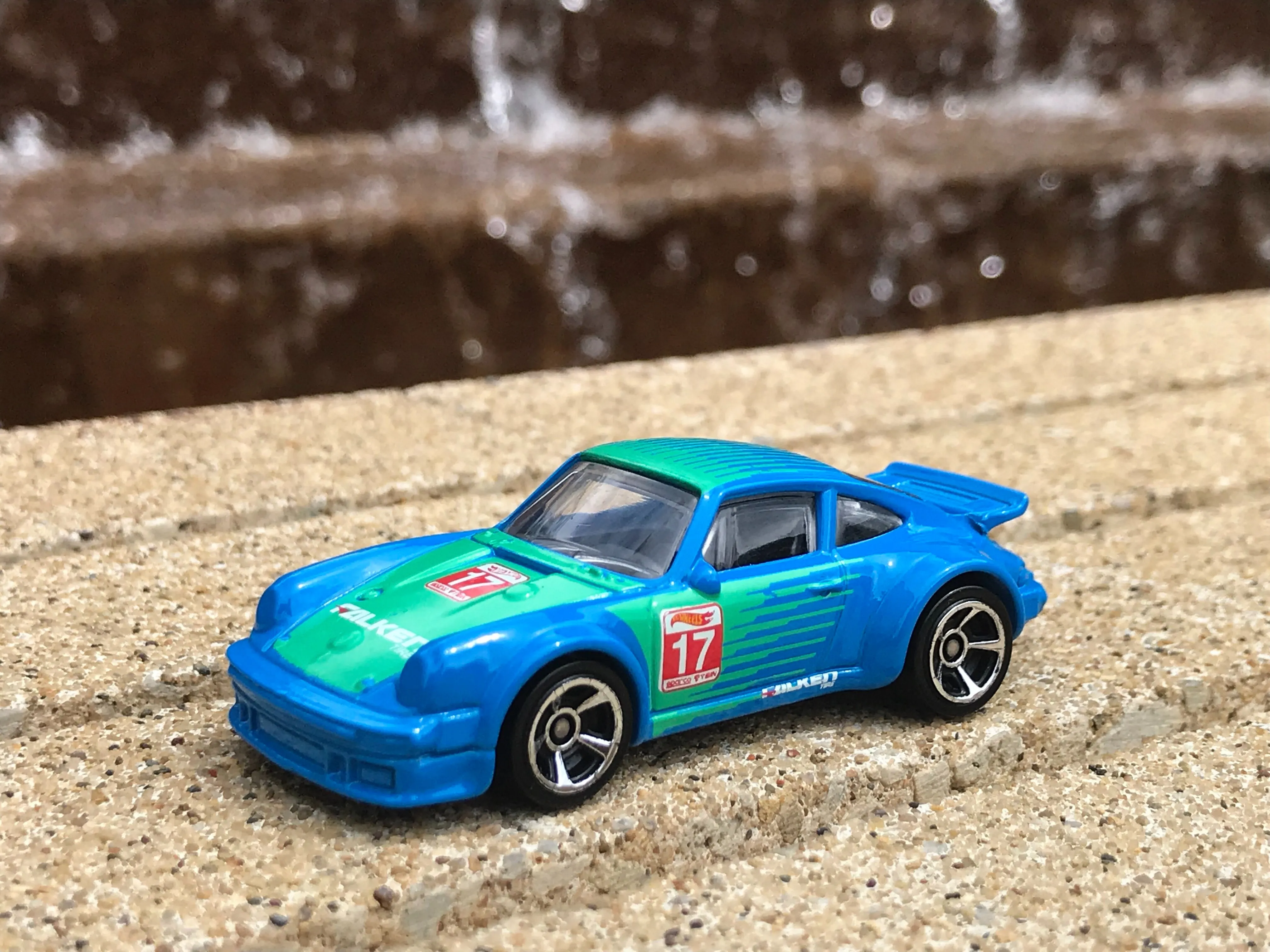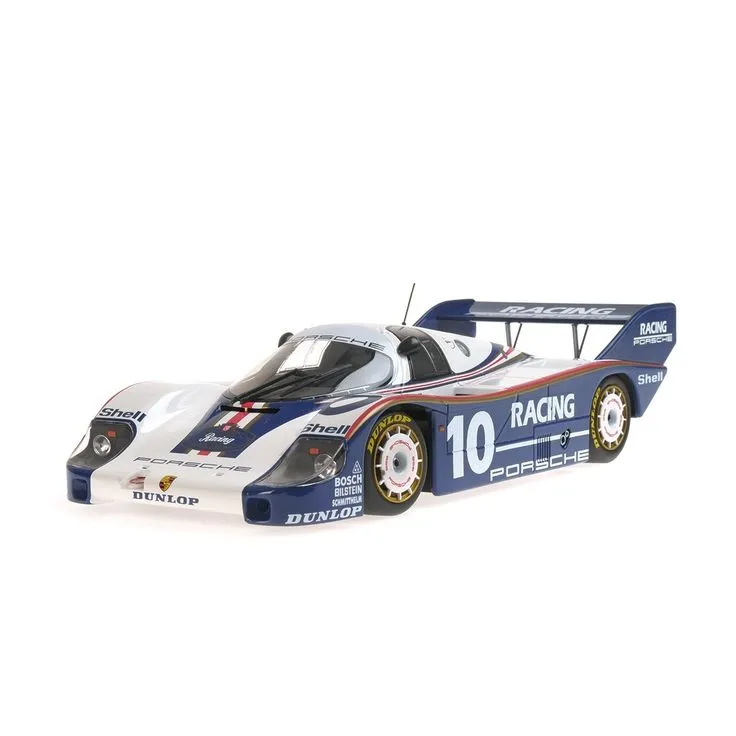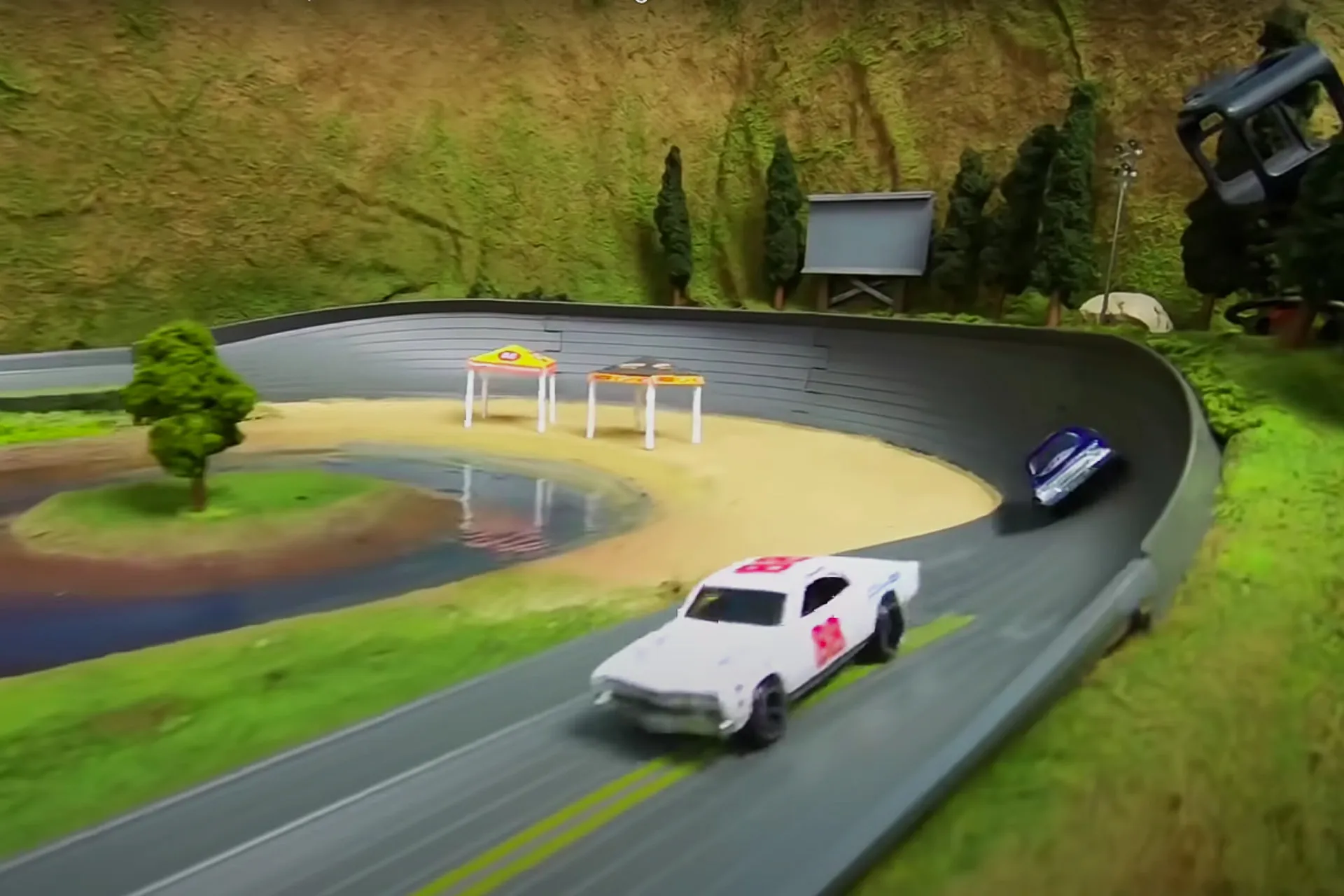The Allure of Diecast Car Racing Leagues
Diecast car racing leagues offer a thrilling blend of competition, skill, and the joy of collecting. More than just a hobby, these leagues provide a vibrant community where enthusiasts of all ages come together to race meticulously crafted miniature cars. The appeal extends beyond the racetrack; it encompasses the meticulous preparation, the strategic planning, and the sheer excitement of seeing your favorite diecast car zoom across the track. Whether you’re a seasoned collector or a newcomer, understanding the secrets to success in a diecast car racing league can elevate your experience and enhance your enjoyment of this unique pastime. This guide will explore the top five secrets that can give you a competitive edge in the world of diecast car racing.
Secret 1 The Right Car Selection
The foundation of any successful diecast car racing endeavor is selecting the right car. This isn’t merely about picking your favorite model; it’s about understanding the nuances of diecast car construction, performance characteristics, and how they interact with the track. Consider the car’s weight distribution, wheelbase, and overall design. A heavier car might provide better stability, while a lighter car can offer increased speed. Furthermore, the choice of materials and the quality of the wheels play a significant role in determining the car’s performance. A well-chosen car, optimized for racing, will provide a distinct advantage right from the start. Consider different car types and their impact on racing strategy before making your final decision. The selection process is often the most crucial part.
Factors to Consider

When selecting a car, consider several key factors. Firstly, the weight of the car impacts its speed and stability. Secondly, the car’s wheelbase affects its turning radius; a shorter wheelbase can offer better maneuverability on tight tracks. Thirdly, the quality of the wheels and axles is vital, as they directly influence the car’s ability to roll smoothly. Lastly, the car’s aerodynamics, while subtle in these miniature vehicles, can also influence performance. Experimenting with different cars on your track and observing their performance characteristics is a good practice to find the ideal balance.
Popular Car Brands for Racing
Certain brands consistently produce high-performing diecast cars. Hot Wheels and Matchbox are among the most popular, offering a vast selection of models with varying designs and performance characteristics. Within these brands, certain series or specific car models are often favored by racers for their superior speed, handling, or customizability. Researching these popular choices can provide a solid starting point. Remember, though, the ‘best’ car often depends on the track design and the specific racing rules.
Secret 2 Track Preparation and Design
The track is your battlefield. The quality of the track directly influences the outcome of every race. A well-prepared track ensures fair competition and allows racers to showcase their skills. The track’s design, the materials used, and the overall condition significantly affect car performance. Understanding these factors is essential to success in a diecast car racing league.
Importance of Track Surface

The track surface plays a crucial role in determining the car’s speed and grip. A smooth, clean surface minimizes friction, allowing cars to roll freely. Dust, debris, or imperfections on the track can significantly slow down a car or cause it to veer off course. Regular cleaning and maintenance of the track are vital. Experimenting with different track materials, such as wood, plastic, or even polished metal, can yield interesting results. Choosing the right surface can provide a critical edge in competitive races.
Track Layout and Design
The track layout itself dramatically influences race dynamics. Simple, straight tracks favor speed, while tracks with curves, loops, and jumps require more skilled driving and car handling. Designing a track that balances speed and technical elements can make races more engaging. Consider the placement of turns, the angle of inclines and the overall length of the track when designing or racing on a track. Some leagues allow modifications to the track to increase the challenge or tailor the track to specific car models. The track’s design ultimately determines the race’s nature and how driving skills are tested.
Secret 3 Mastering the Racing Techniques
Winning in a diecast car racing league requires more than just a fast car; it demands skillful driving and strategic thinking. Mastering racing techniques involves understanding how to optimize your car’s performance on the track and anticipating your competitors’ moves. Developing these skills takes practice, but the rewards of skillful driving are significant.
Improving Speed and Handling

Improving speed and handling involves several key techniques. Experiment with different launch techniques to achieve the fastest start. Practice maintaining a consistent racing line through turns to conserve speed and minimize friction. Learning how to drift or slide your car through turns without losing control can be a valuable skill, especially on tracks with tight corners. Consider the car’s center of gravity and how it affects handling. Many leagues also allow for modifications that can affect performance.
Strategic Use of Weights and Modifications
Weight distribution and modifications can significantly impact a car’s performance. Strategic placement of weights can improve stability and handling, especially when navigating turns. Adding weight to the front of the car might improve its ability to stay on the track, while adding weight to the rear might provide better acceleration. Many leagues permit various modifications. These can include wheel swaps, axle replacements, or even the addition of small aerodynamic aids. Always adhere to the league’s rules regarding modifications to ensure fair play.
Secret 4 The Community and Competition
Diecast car racing leagues are more than just races; they’re communities. Participating in a league offers opportunities to meet fellow enthusiasts, share tips and strategies, and experience the thrill of competition. Finding the right league and understanding its rules and regulations is key to having a successful and enjoyable experience.
Finding and Joining a League

Finding a diecast car racing league in your area can be done through online searches, social media groups, or by asking local hobby shops. Once you find a league, attend a race or two to get a feel for the community and the racing style. Some leagues are more focused on casual fun, while others are highly competitive. Choose a league that aligns with your interests and skill level. Participating in local events is a great way to learn and improve your skills. Building connections with other racers can offer opportunities to share knowledge and improve your own racing strategies.
League Rules and Regulations
Each league has its set of rules and regulations governing the races. These rules cover various aspects, including the types of cars allowed, permissible modifications, track design, and racing procedures. Familiarize yourself with these rules to ensure fair play and avoid any penalties. Understanding the scoring system, the race format, and any restrictions on car modifications are critical to competing effectively. Adhering to the league’s rules is essential for maintaining a positive racing environment and ensuring the integrity of the competition.
Secret 5 Maintaining Your Cars
Proper maintenance is critical to ensure your cars perform at their best. Regular maintenance not only prolongs the lifespan of your diecast cars but also keeps them running smoothly, providing a competitive edge. Whether you’re a casual racer or a dedicated competitor, taking care of your cars is essential.
Regular Maintenance Checks

Regular maintenance involves several key checks. Start by inspecting the wheels and axles for any damage or wear and tear. Lubricating the axles can reduce friction and improve rolling speed. Inspect the car’s body and chassis for any damage. Ensuring that your car is clean and free of debris is essential. Regularly clean the wheels and axles to maintain optimal performance. A well-maintained car not only performs better but also looks better on the track. Make sure you have the right tools for repairs.
Storing Your Cars Properly
Proper storage protects your cars from damage and preserves their condition. Store your diecast cars in a cool, dry place away from direct sunlight and extreme temperatures. Consider using display cases or storage boxes to protect them from dust and potential damage. Group your cars by type or brand for easy access. Careful storage will help keep your cars in top racing condition for years to come. Following these steps will preserve your investment in the hobby. Consider using a dedicated space for your diecast car collection.
Conclusion
Diecast car racing leagues provide a thrilling and engaging hobby for enthusiasts of all levels. By understanding the secrets outlined above – selecting the right car, preparing the track, mastering racing techniques, engaging with the community, and maintaining your cars – you can enhance your experience and improve your competitive edge. Whether you’re racing for fun or aiming to win, the world of diecast car racing offers an exciting journey of skill, strategy, and camaraderie. So, gather your cars, join a league, and experience the thrill of the race!
